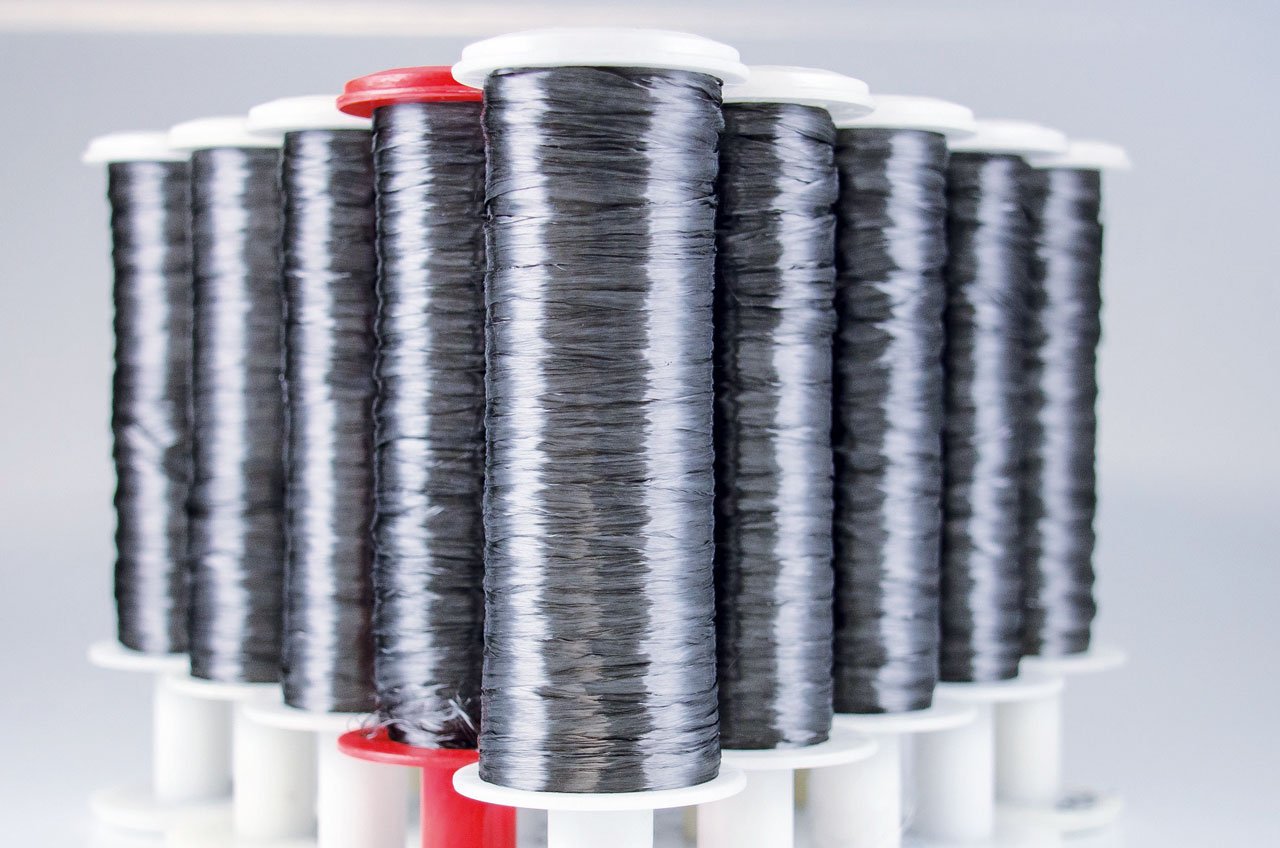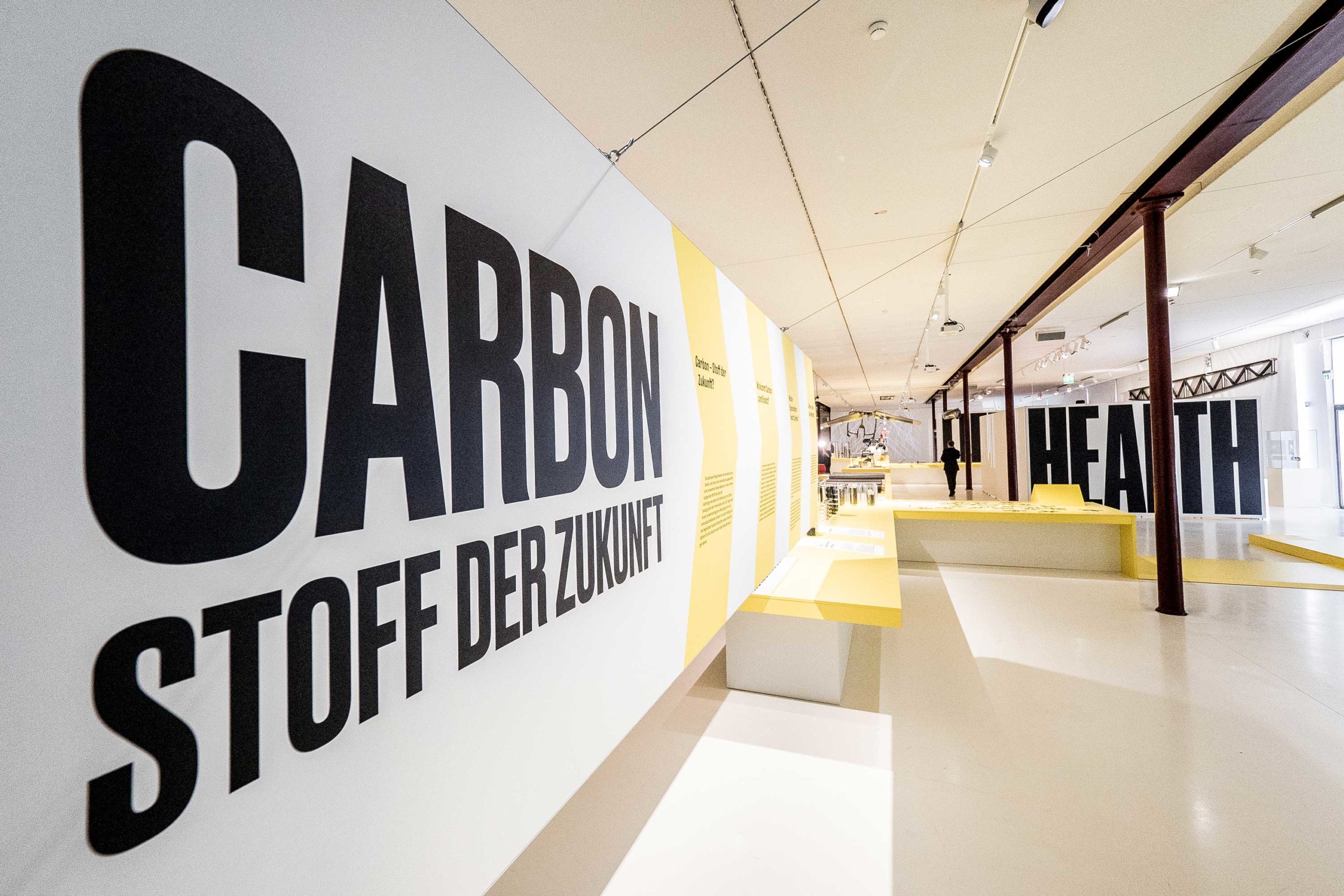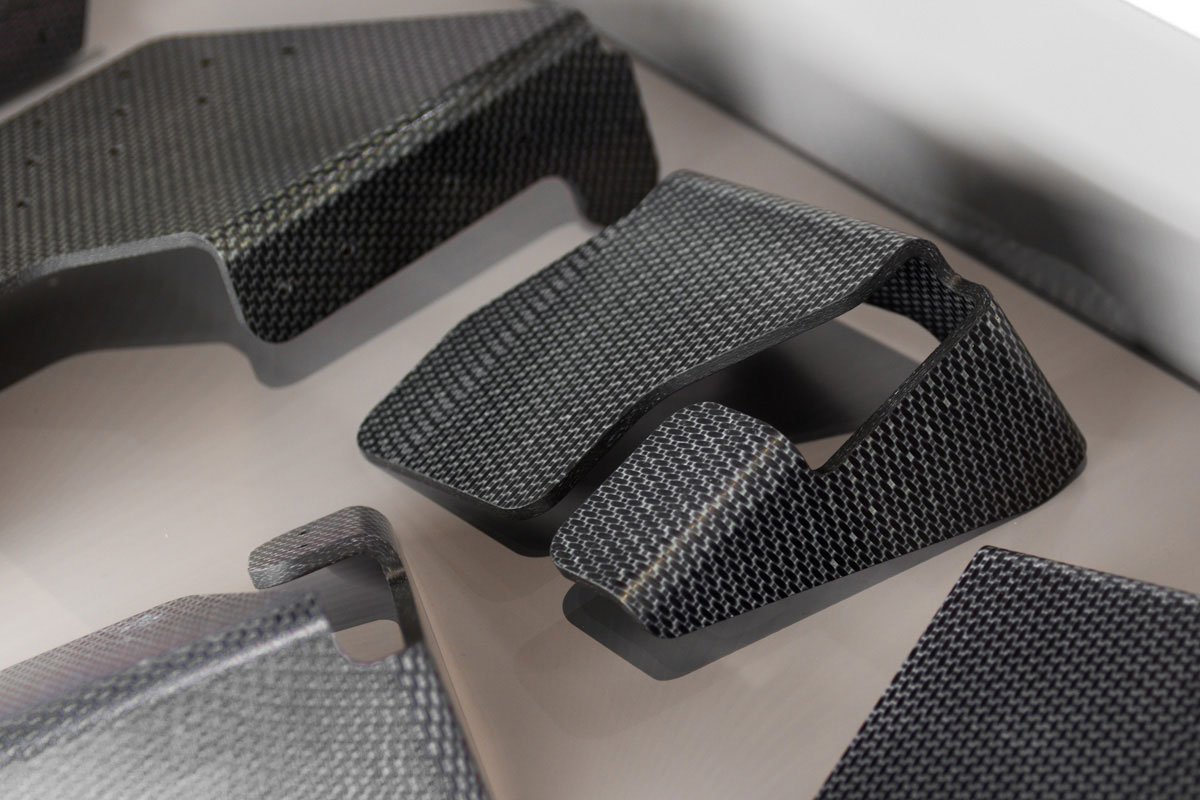The 17th European Conference on Composite Materials (ECCM17) took place from 26 to 30 June 2016 at the International Congress Center Munich (ICM).
The Leading-Edge Cluster MAI Carbon and the Chair for Carbon Composites (LCC) of the Technical University of Munich jointly organized Europe’s largest specialist conference on composites. With 1,300 guests, four days of conference programme with 850 lectures, an accompanying exhibition, many company visits and numerous other side events, the preparation was a big task for the organisers from LCC and MAI Carbon. But the efforts were worth it, ECCM17 was a complete success and the largest ECCM to date in the conference’s 30-year history. Especially young scientists and researchers from all over the world had come to Munich to learn about the latest research in their fields. The exhibition in the large foyer of the ICM was also well attended, as were the fully booked evening events, such as the gala dinner in the Hofbräuhaus or the student event in the Franziskaner beer garden, as well as visits to companies and institutions in the region. In addition to a wide range of company visits, for example to KUKA and Premium Aerotec in Augsburg, research facilities such as the German Aerospace Centre (DLR) and the Fraunhofer Institute IGCV, both also in the Swabian metropolis, were visited with expert guidance. MAI Carbon has thus succeeded in making Bavaria and many MAI Carbon partners internationally visible. The entire Bavarian composites community benefited from the first ECCM in the Free State – and for the second time ever in Germany after 26 years. The participants and speakers at the conference gave consistently positive feedback. Those responsible from the Chair for Carbon Composites at the TU Munich and the Leading-Edge Cluster MAI Carbon were correspondingly satisfied after the event:

© TUD ILK
"The conference will certainly be remembered positively by many people for a long time. I am delighted that we were able to bring together the experts for carbon composites here in Munich and ensure a successful exchange of ideas. I would like to thank not only the participants and sponsors, but also the supporters and helpers who were largely responsible for the success,"
Sven Blanck, Managing Director of the MAI Carbon cluster. For the Leading-Edge Cluster MAI Carbon, the ECCM17 was one of the highlights of its almost eight years of work with and for the material carbon.

© Stoff der Zukunft
Harter Stoff: Carbon - the material of the future The Leading-Edge Cluster makes it possible to experience carbon with all the senses
MAI Carbon has made fibre-reinforced plastics visible and tangible for society with a special exhibition. From May 2014 to November 2016, the special exhibition “Harter Stoff: Carbon – the Material of the Future” presented the material carbon from its origins to today’s processing and recycling in the Deutsches Museum Munich, after extension, in its branch at the Deutsches Museum Bonn and as co-exhibitor in the Textile and Industrial Museum Augsburg (TIM).
In the New Technologies Centre in the Deutsches Museum in Munich, the methods used to process carbon fibres and the areas in which carbon is already being used were shown on 300 m². A look into the future presented objects in which the material can be used in the future. The TIM Augsburg even had 1,000 m² available. The exhibition was organised by the Leading-Edge Cluster MAI Carbon with the support of its members.

© ES-0116-PRö-ILK 3Dfaserablage Preforming TUD ILK
A total of over 300,000 national and international visitors of all ages were reached. More detailed information was provided by trained experts who supported the visitors with guided tours. Carbon materials are very efficient and can be used in a variety of ways. The new material challenges scientists and designers, and new products and processes are being developed for it in many industries. The special exhibition showed the results of this pioneering work from aerospace, vehicle and plant construction, medical technology and materials research.
One example of the use of carbon in lightweight vehicle construction is the exhibited passenger cell of the BMW i3. It is the first carbon passenger cell in the world to be produced automatically in large series. A further highlight is a free-swinging sound chair made of very light and rigid carbon fibre reinforced plastic (CFRP). The chair does not have a loudspeaker, instead it itself becomes a resonating body in which two “voice coils” make the seat sound. At the “King Arthur Station”, visitors could experience for themselves by pulling on a carbon rod only two millimetres thick, that the material is indeed a “hard material”. Together with the special exhibition, a permanent facility was opened in the children’s area of the Deutsches Museum in Munich, through which the youngest visitors could familiarise themselves with the material. A bicycle and a small bridge made of carbon are available there for testing. MAI Carbon thus carries the material into the centre of society, disseminates information and inspires people to use carbon composites.
When MAI Carbon moved into the Augsburg Technology Centre, the special exhibition also found its place in the 3,000 m² hall of the building, where it impressed not only the local tenants, but also numerous national and international visitors, as well as pupils, students and trainees. Today parts of the exhibition are located in the Welios Science Center in Wels, Austria. In addition, the Leading-Edge Cluster has been cooperating with the Deutsches Museum in Nürnberg since mid-2020, which is to be completed in 2021. The aim is to make new trends and innovations in the field of fibre composites accessible to different age groups in various ways. Be curious and become part of this new exciting project!

By loading the Video you accept the privacy policy of Vimeo.
Read More